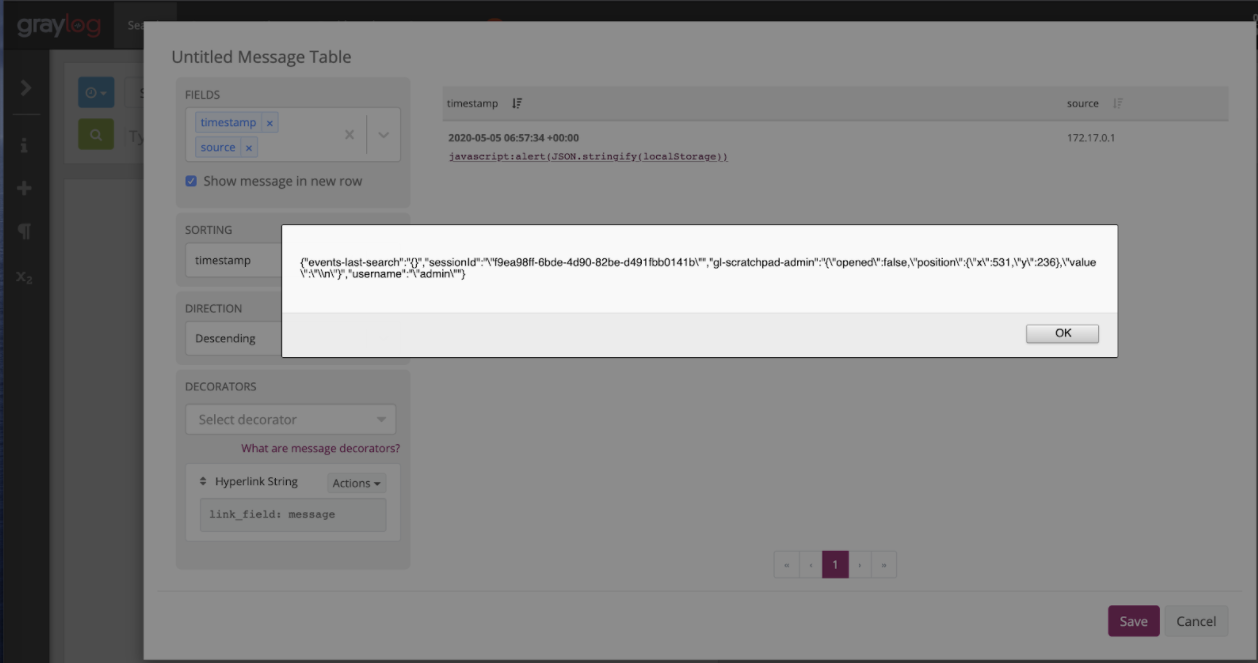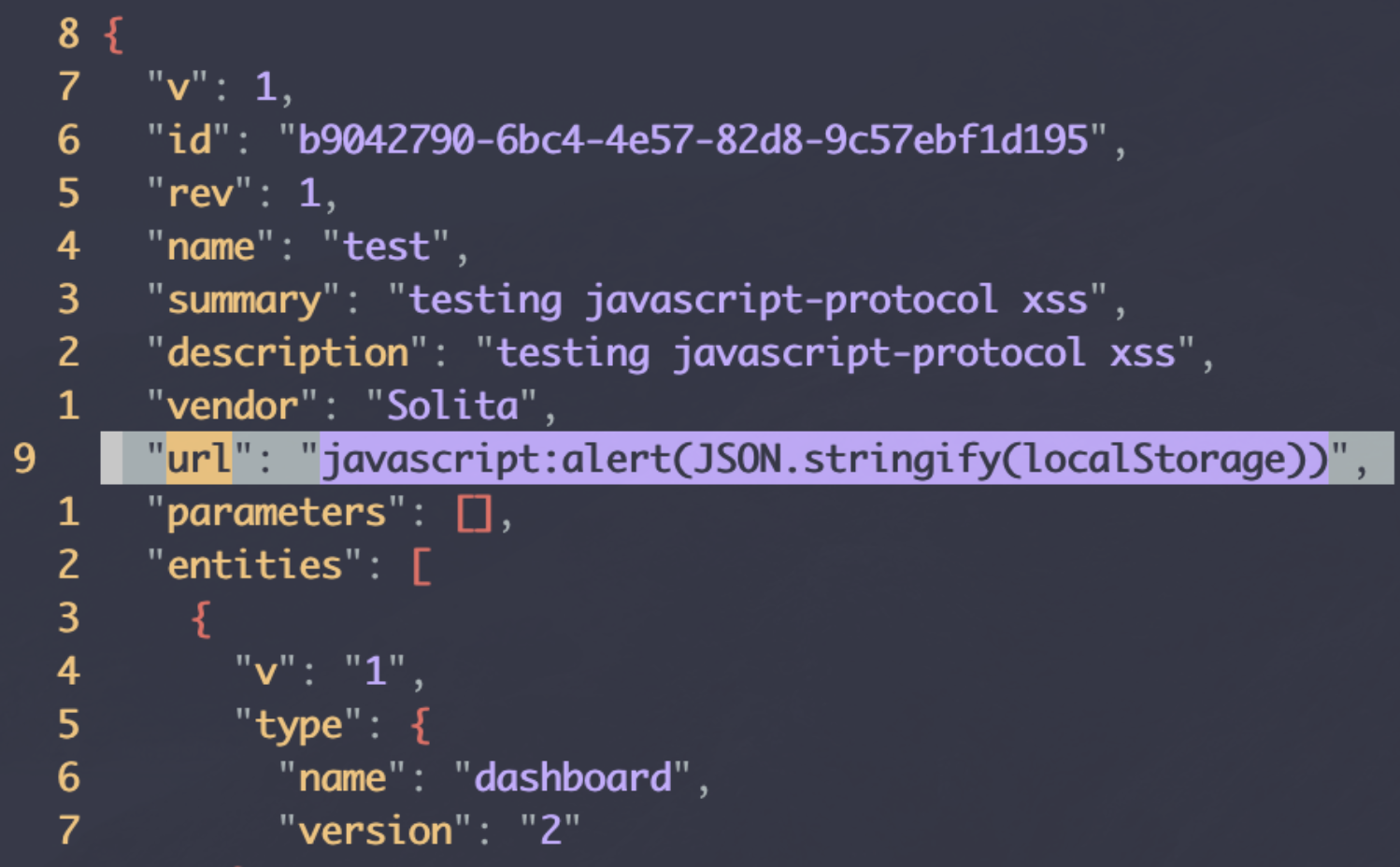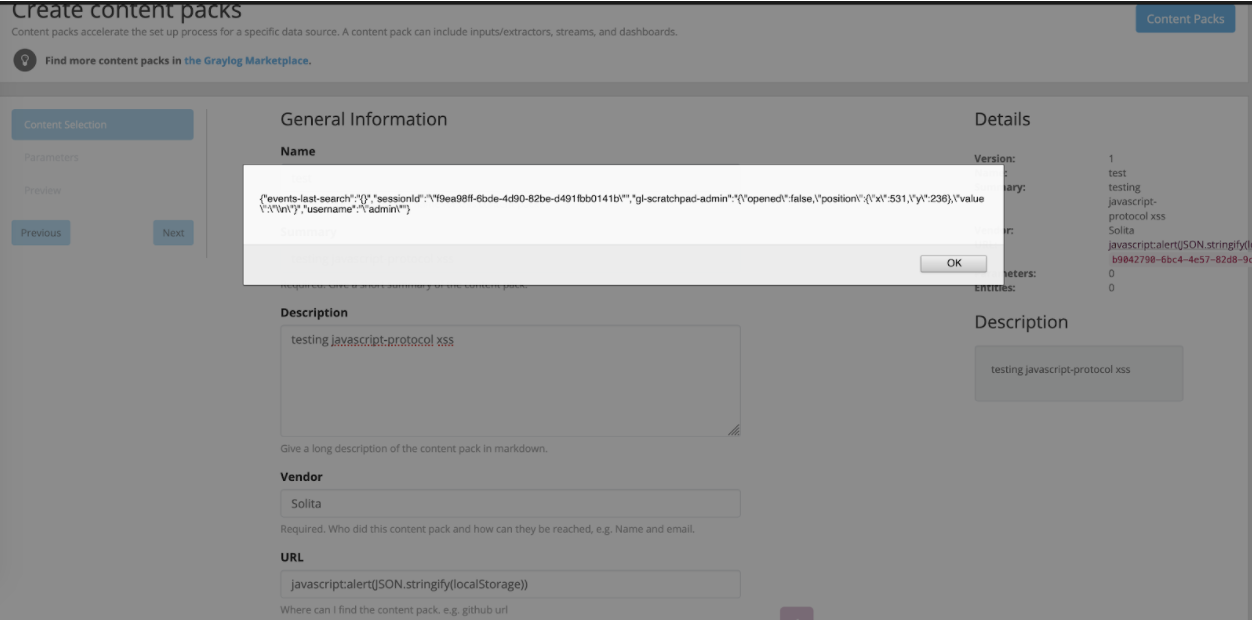Turbulent times in security
On top of the normal actors looking for financial gains, state-backed actors are now likely to activate their campaigns against services critical for society. This expands beyond the crisis zone, we have for example already seen Denial of Service attacks against banks. It is likely that different types of ransomware campaigns and data wipers will also be seen in western countries targeting utilities providers, telecommunications, media, transportation and financial institutions and their supply chains.
So what should be done differently during these times in terms of securing our business and environments? Often an old trick is better than a bagful of new ones, meaning that getting the basics right should always be the starting point. There’s no shortcuts in securing the systems, there’s no single magic box that can be deployed to fix everything.
Business continuity and recovery plans
Make sure you have the business continuity plan and recovery plan available and revised. Also require the recovery plans from your service providers. Make sure that roles and responsibilities are clearly defined and everyone knows the decision making tree. Check that the contact information is up to date, and your service providers and partners have your contact information correct. It is also a good idea to practice cyberattack scenarios with your internal and external stakeholders to see potential pitfalls of your plan in advance.
Know what you have out there!
How certain are you that the CMDB you have is 100% up-to-date? When’s the last time you have checked how your DNS records have been configured? Do you really know what services are visible to the internet? Are you aware what software and versions you are using in your public services? These questions are the same what malicious actors are going through when they are gathering information on where to attack and how. This information is available on the internet for everyone to find out, and this is something that all organizations should also use for their own protection. There are tools and services (such as Solita WhiteHat) available to perform reconnaissance checks against your environment. Use them or get a partner to help you in this.
Keep your software and systems updated
This is something that everyone of us hears over and over again, but still: It is utmost important to keep the software up-to-date! Every single software contains vulnerabilities and bugs which can be exploited. Vendors are nowadays patching vulnerabilities coming to their attention rather quickly, so use that as your own benefit and apply the patches.
Require MultiFactor Authentication and support strong passwords
This one is also on every recommendation list and it’s not there for nothing. Almost all services nowadays provide the possibility to enable MFA, so why not to require it. It is easy to set up and provides an additional layer of security for users, preventing brute forcing and password spraying. It doesn’t replace a good and strong password, so a rather small thing to help users in creating strong passwords and prevent using same passwords in multiple services is to provide them a password manager software, such as LastPass or 1Password. If you have SSO service in place, make sure you take the most out of it.
Take backups and exercise recovery
Make sure you are backing up your data and services. Also make sure that backups are stored somewhere else than in the production environment, to prevent for example ransom trojans making them useless. Of course, just taking backups is not enough, but the recovery should be tested periodically (at least yearly) to make sure that when recovery is needed it will actually work.
What if you get hit
One famous CEO once said that there are two types of companies: ones that have been hacked and ones who don’t know they have been hacked. So what should you do if you even suspect that you have been attacked:
Notify authorities
National authorities run CERT (Computer Emergency Response Team) teams, who maintain the situational awareness and coordinate the response actions on national level. For example in Finland its kyberturvallisuuskeskus.fi and in Sweden cert.se. So if you suspect a possible data leak or attack, notify the local CERT and at the same time, file a police report. It is also advisable to contact a service provider who can help you to investigate and mitigate the situation. One good source to find a service provider providing Digital Forensics and Incident Response services is from dfir.fi.
Isolate breached targets and change/lock credentials
When you suspect a breach, isolate the suspected targets from the environment. If possible cut off network access and let the resources still run, this way you are not destroying possible evidence by turning off the services (shutting down servers, deleting cloud resources). At the same time, lock the credentials suspected to be used in the breach and change all the passwords.
Verify logs
Check that you have logs available from the potentially breached systems. Best case would be that the logs are available outside of the system in question. If not, back them up to external storage, to make sure that it doesn’t get altered or removed by the attacker.
Remember to communicate
Communicate with stakeholders, remember your users, customers and public. Although it may feel challenging to tell these kinds of news, it’s much better to be open in the early stages than to get caught your pants down later on.
To summarise
The threat level is definitely higher due to above mentioned circumstances, but getting the basics in order helps you to react if something happens. Keep also in mind that you don’t have to cope in this situation alone. Security service providers have the means and capacity to support you in efficient way. Our teams are always willing to help to keep your business and operations secure.









